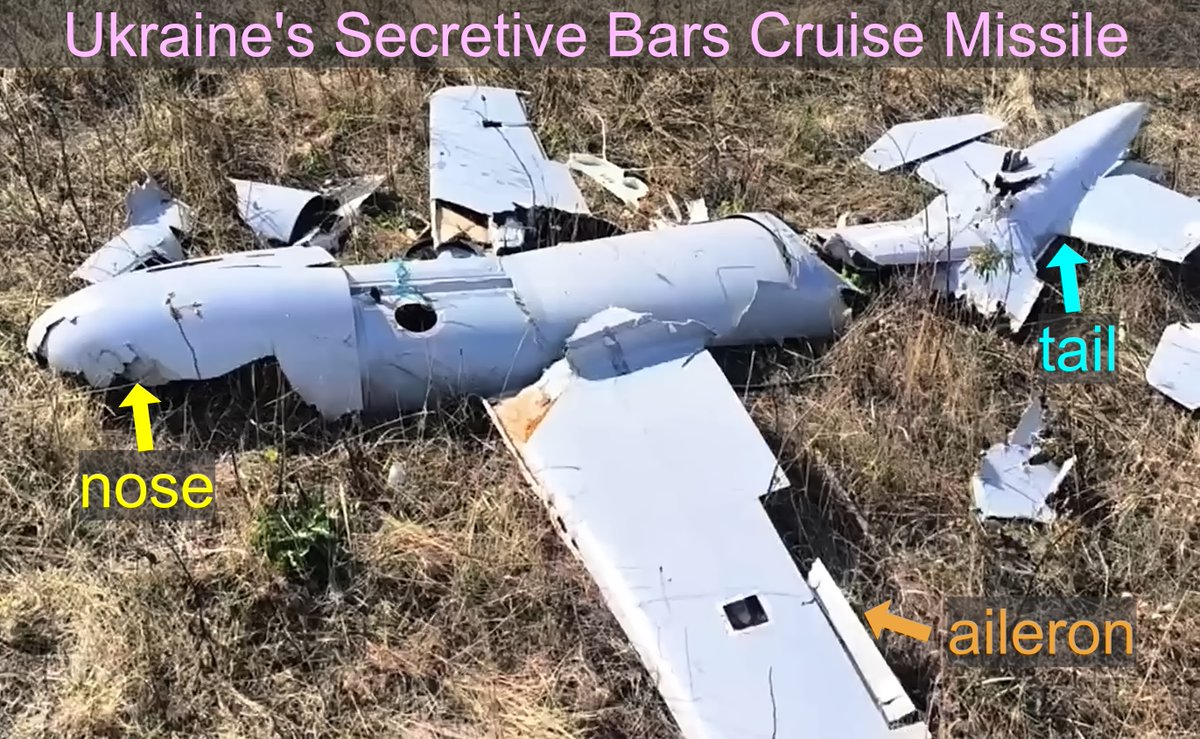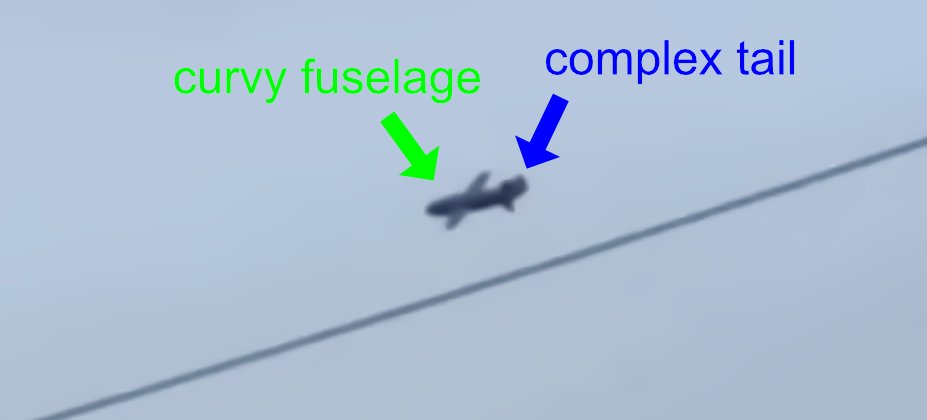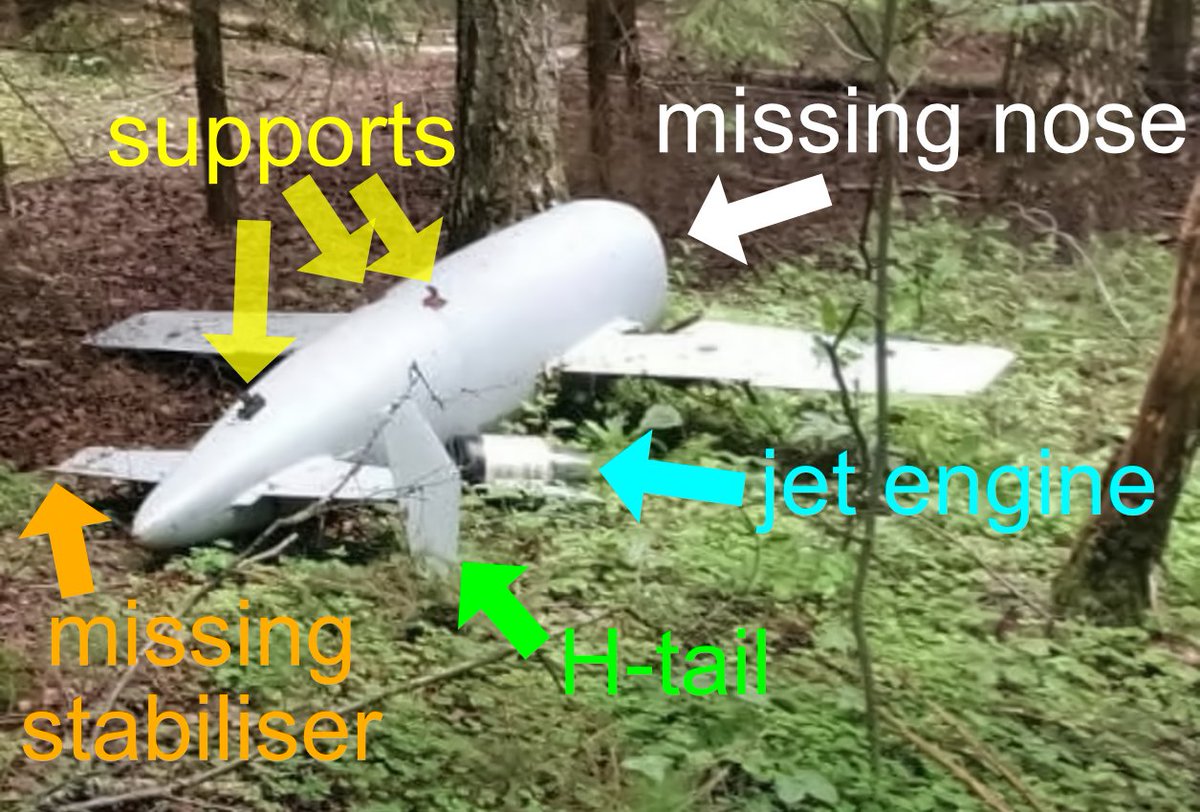1. The air data computer from a Shahed-136 #drone was reversed engineered by Le labo de Michel @lelabodemichel5162 with a detailed explanation given in a YouTube video. This computer supplies airspeed and altitude to the drone’s flight computer. 

2. The circuit board is fairly small and has two air pressure transducers. One transducer is used for measuring altitude and the other is for airspeed. The board transmits data over an old-school RS232 serial line. A JTAG port is for programming a microcontroller. 

3. The pressure transducers appear to be from the Slovenian company, HYB Sensor. It is difficult to determine the exact models but possibly HPSD 3100 or HPSD 3000. Feel free to ask HYB Sensor if (and why) their products are in these drones. 

4. The back side of the board holds an STM32G071 microcontroller made by ST Microelectronics. This is a relatively basic microcontroller. There is also a regulator for supplying a reference voltage for the analogue-to-digital converter. 
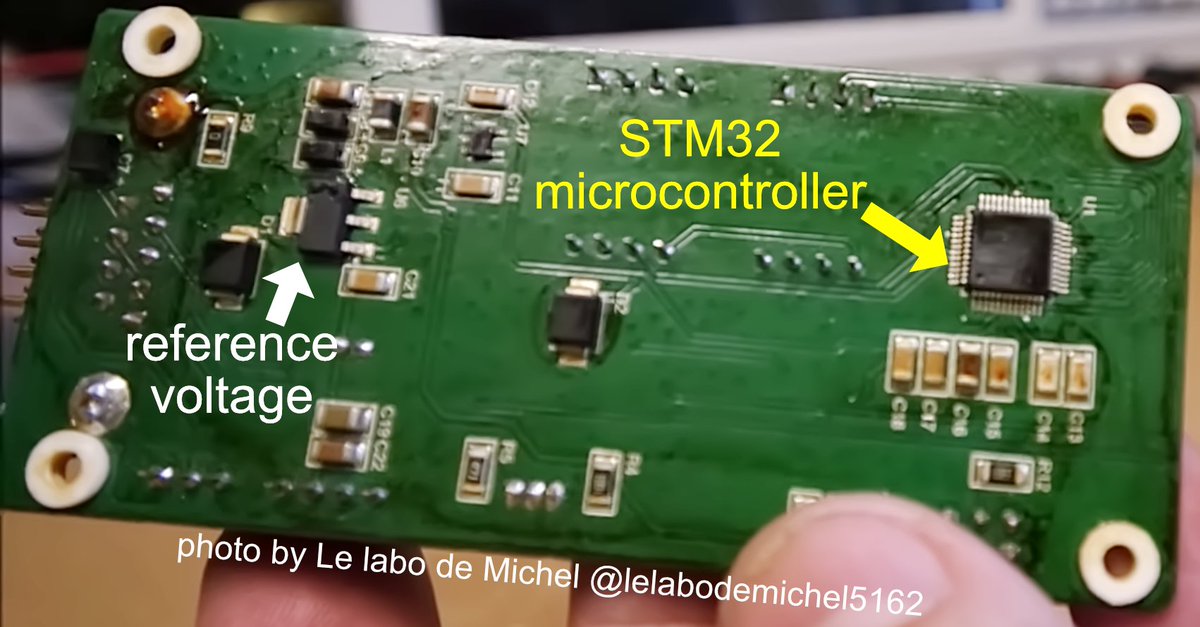
5. The controller measures temperature & pressures, and outputs (somewhat verbose) air speed & altitude data 5 times per second. The verboseness suggests this might be a commercial off-the-shelf product. 

6. For those with electronics knowledge, Michel also supplied a schematic of the air data computer. (In case you want to make your own 🙂). 

7. I highly recommend watching Michel’s excellent video. It shows how much effort and skill is required to reverse engineer a circuit board. His work will be useful in better understanding the capabilities and limitations of the Shahed-136 drone.
8. If anyone recognises this air data computer please comment. If you found this thread useful, please repost as a quote. Comments are welcome. Also consider reading my previous threads listed under “Highlights”. 

9. (ps) Turns out this air data computer has the model number ADC-PLS-002.
en.defence-ua.com/weapon_and_tec…

en.defence-ua.com/weapon_and_tec…
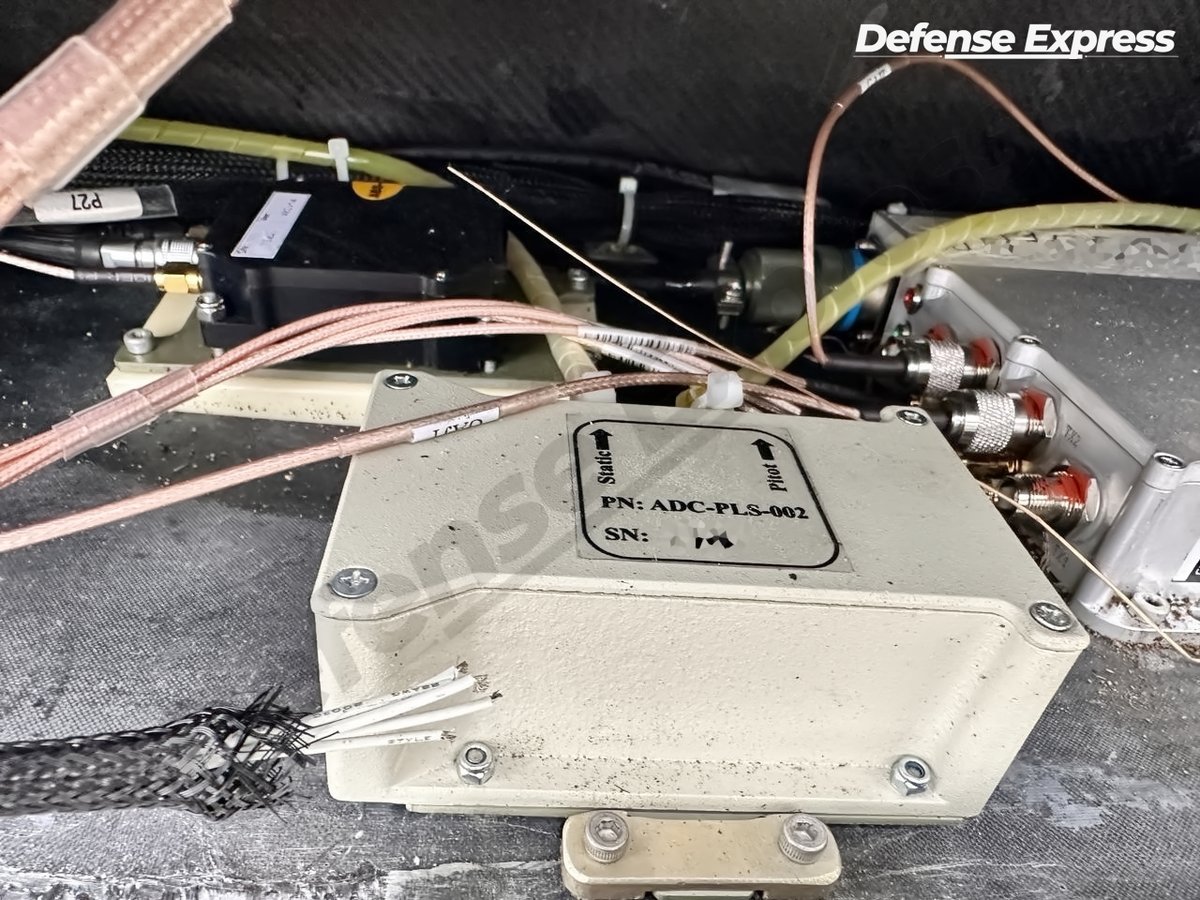
10. (ps) The Iranian company Monjigraphic makes labels and showed the following decal as an example of their work. (A big thanks to @VelkeB for finding this.) This is the decal used on the Shahed’s air data computer. This places the computer’s origin solidly in Iran. 

• • •
Missing some Tweet in this thread? You can try to
force a refresh


